This post may contain affiliate links. If you click through a link and make a purchase, I may receive a commission at no additional cost to you. As an Amazon Associate, I earn from qualifying purchases. Read the full disclosure here.
Do you feel like you’ve tried every treatment in the book for your plantar fasciitis without success?
This annoying heel pain affects approximately 2 million people per year and has long been known as a painful and tricky injury to treat.
Take a look at fascia scraping for plantar fasciitis and how it can improve your pain both short and long-term.
The best part? Scraping is easy to do at home with the right tools.
Disclaimer: This content is for educational purposes and is not medical advice. Read the full disclaimer.
What is fascia scraping?
Fascia (or fascial) scraping is a soft tissue release technique using a specialized tool to “scrape” the skin.
You might be wondering why on earth you would want to do this?
Scraping therapy offers a different type of soft tissue mobilization that can’t be accomplished by hand or with foam rollers. It works more superficially than deep tissue massage and you can really feel that gritty fascial restriction as the tools glide over your skin.
Scraping is a rather broad term and goes by several aliases, including fascial scraping, muscle scraping, Gua sha, the Graston technique, and instrument-assisted soft tissue mobilization (IASTM).
These terms are often used interchangeably but have some differences in technique, tools used, and historical background.
Scraping therapy can be an excellent adjunct to your program, along with stretching and mobility exercises for best results.
What are the benefits of fascia scraping?
- Increased blood flow
- Decreased pain
- Improved soft tissue mobility
- Improved range of motion
- Improved mobility
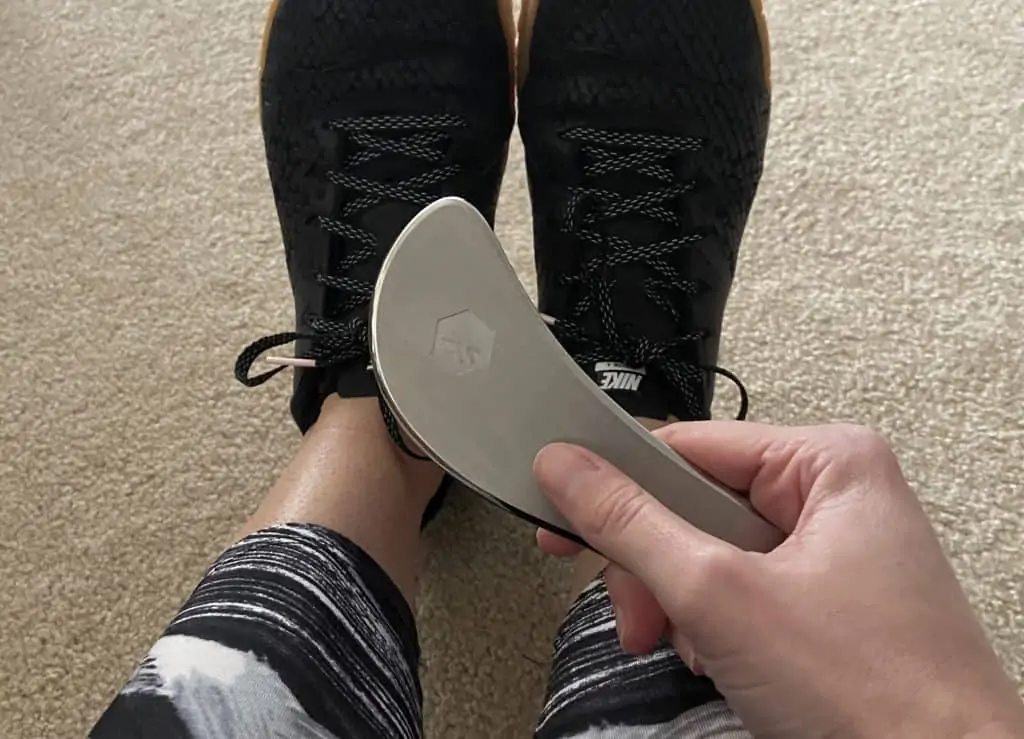
Does fascia scraping work for plantar fasciitis?
I’ve been using scraping tools for years on patients with plantar fasciitis. Most people love the feeling of the tools and report more flexibility with less pain immediately after treatment.
The best way to approach scraping for plantar fasciitis is to target the arch of the foot and the calf muscles.
Calf muscle tightness is a common contributor to plantar fascia pain, and combining scraping with targeted flexibility and strengthening exercises helps build a well-rounded approach for recovery.
As far as research goes, Xu Q et al. found that scraping can improve blood flow and tissue temperature to promote local blood circulation and energy metabolism.
The body doesn’t like stagnant. Increasing blood flow, circulation, and lymphatic drainage moves oxygen and other nutrients in and cellular waste out.
Daniels C & Morrell P wrote a case study using instrument-assisted soft tissue mobilization alongside other strengthening, stretching, and manual therapy techniques for a 10-year-old football player. After six treatments, the patient reported no foot pain.
There is evidence that using instruments to mobilize tissue can help improve scar tissue mobility and myofascial adhesions to decrease pain and improve short-term range of motion (ROM) and overall mobility.
Now you might be thinking, how does “short-term” improvement help me recover?
Be consistent with your rehab process and build on small wins. Gaining range of motion, strength, and decreasing pain take time, especially when talking about areas of the body that are difficult to rest (like the foot).
Unfortunately, the current evidence for plantar fasciitis is limited to primarily case studies, which is lower quality evidence. It will be interesting to see if there are randomized controlled trials in the future comparing typical treatments to scraping therapy.
Nevertheless, people still love scraping therapy and report significant improvements. There’s also something to be said for the power of positive thinking and getting some pain relief.
Does plantar fasciitis scraping speed up recovery?
The plantar fascia is a thick band of fibrous connective tissue that functions to support the arch of the foot.
Scraping is a popular treatment option among physical therapists and chiropractors in the orthopedic and sports medicine space. Scraping the bottom of the foot might feel good, but it’s also recommended to include the calves and lower legs, in addition to other interventions.
Scraping for plantar fasciitis can provide benefits, but it can’t be the only thing you do. The best plantar fasciitis treatment is a multi-disciplinary approach and some trial and error.
Scraping works best when combined with a proper flexibility and strength program. It’s also important to target surrounding tissues, such as the calf muscles, which can affect plantar fasciitis.
Other than ignoring the pain, the worst thing you can do is the same failed treatment repeatedly and wonder why you’re not getting results.
Human movement is extraordinarily complex and poor movement patterns further up the kinetic chain can manifest as plantar fasciitis. If you don’t look beyond the foot, you’ll never find other contributors to the issue, perpetuating the chronic pain cycle.
It’s important to note that in the case of chronic plantar fasciitis, generally, the longer something has been an issue, the longer it takes to heal.
I highly recommend reading Surprising Reasons Why Your Plantar Fasciitis Isn’t Getting Better for a deeper look at some of these causes.
Focusing only on passive treatments can slow your recovery significantly. Passive treatments are things that don’t require any input from you such as rest, ice packs, arch sleeves, TENS therapy, etc.
To be clear, these treatments aren’t necessarily bad and may have a place in an overall program, but passive only doesn’t get the job done.
A well-rounded rehab program that includes a full-body movement assessment, targeted flexibility, and strengthening exercises can take you much further. Make sure you find a physical therapist who will look at more than just your foot.
If you’ve never had physical therapy before, definitely check out What Is Physical Therapy & How Can It Help You and How To Prepare For Your First Physical Therapy Appointment for everything you need to know before you go!
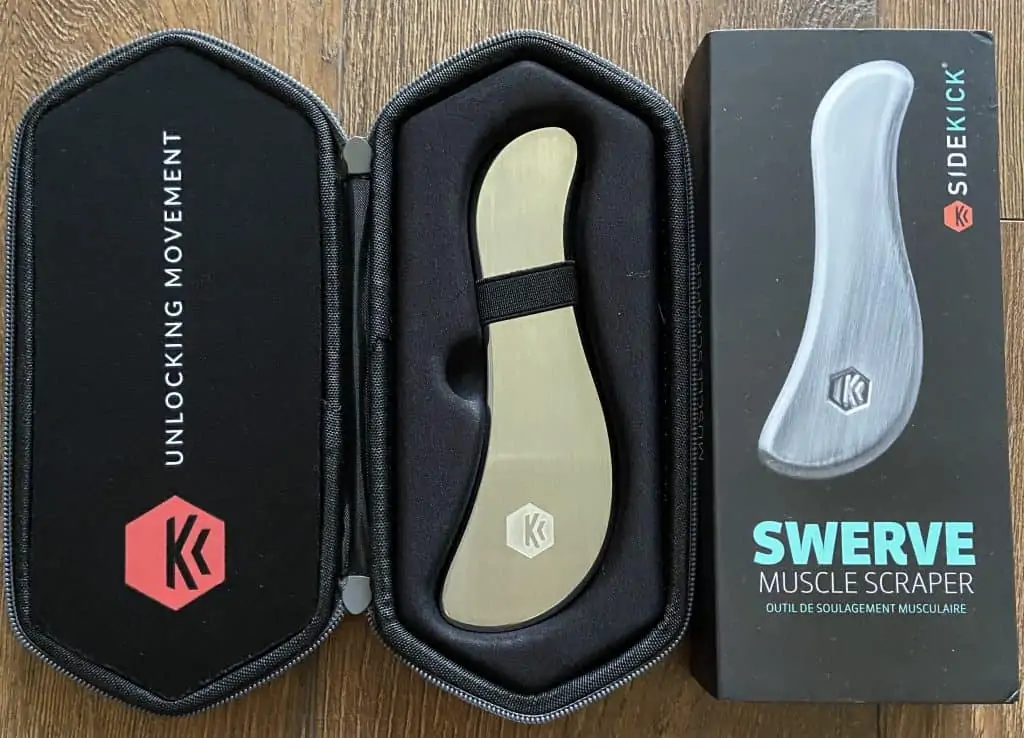
What’s the best plantar fasciitis scraping tool?
Clinical grade scraping tools are very expensive and budget tools are often just meh.
My favorite brand that’s high-quality and affordable is Sidekick Tool. I own several of their scraping tools and have nothing but great things to say about the brand.
The Eclipse tool is the perfect shape for calves and feet when tackling pesky plantar fasciitis. It’s easy to hold and perform scraping techniques on yourself.
The Swerve tool is an awesome all-around tool that can be easily used on most areas of the body, including the calves and feet.
No worries if you’re intimidated by the tools. When you purchase a tool, you also get access to Sidekick University, a beginner-friendly video collection demonstrating the proper way to use each tool for various body parts.
If you’re not careful, you might find yourself building a collection!
Don’t miss my full review of Sidekick Tools here where I review my Swerve and Bow scraping tools.
How to scrape the plantar fascia properly
One common mistake with fascia scraping is pressing too hard.
Scaping tools have a beveled edge that helps to grip the skin, less is more when it comes to scraping.
The recommended amount of time per area is approximately 20-30 seconds, as you monitor the skin for redness (petechiae). If an area is more irritated, redness will appear more quickly.
Check out the video linked below for a quick tutorial on how to perform foot scraping for plantar fasciitis.
Are there any downsides to fascia scraping?
Scraping therapy is generally considered safe. For best results, make sure you do not have any contraindications (see below) and are comfortable using the tools properly.
The most common mistake people make when using soft tissue tools is applying too much pressure.
Moderate pressure at most is recommended. The weight of the tool and beveled edge do the rest of the work.
Another mistake is using the tools over one area for too long.
The recommended amount of time per area is approximately 20-30 seconds, as you monitor the skin for redness (petechiae). If the area is more irritated, redness will appear more quickly.
Here are some scenarios when scraping should not be performed:
- Over active infections, open wounds, malignancies, or tumors
- Over unhealed or complex fractures
- Pregnancy (consult with your doctor)
- Presence of DVT, blood clots, or thrombophlebitis
- Uncontrolled high blood pressure
- If you’re taking blood thinners
- Certain types of kidney disorders
- Over varicose veins, bruises, burns, or swelling
- Over some types of scars
- Over bony prominences
- Too painful or intolerance to technique
- If you’re not sure how to use the tool
Wrapping up
Foot pain is really frustrating and it’s important to find the right combination of treatments to start feeling better.
If you haven’t had success in the past, don’t be discouraged. The best way to tackle annoying plantar fasciitis pain is a multi-pronged approach.
Scraping tools are affordable, easy to use, and may provide some additional benefit to your comprehensive rehab program.
Let me know which tools are your favorite!
References:
Cheatham SW, Lee M, Cain M, Baker R. The efficacy of instrument-assisted soft tissue mobilization: a systematic review. J Can Chiropr Assoc. 2016;60(3):200-211.
Sillevis R, Shamus E, Mouttet B. THE MANAGEMENT OF PLANTAR FASCIITIS WITH A MUSCULOSKELETAL ULTRASOUND IMAGING-GUIDED APPROACH FOR INSTRUMENT-ASSISTED SOFT TISSUE MOBILIZATION IN A RUNNER: A CASE REPORT. Int J Sports Phys Ther. 2020;15(2):274-286.
Daniels, Clinton & Morrell, Adam. (2012). Chiropractic management of pediatric plantar fasciitis: A case report. Journal of chiropractic medicine. 11. 58-63. 10.1016/j.jcm.2011.06.009.
Kim J, Sung DJ, Lee J. Therapeutic effectiveness of instrument-assisted soft tissue mobilization for soft tissue injury: mechanisms and practical application. J Exerc Rehabil. 2017;13(1):12-22. Published 2017 Feb 28. doi:10.12965/jer.1732824.412
Xu QY, Yang JS, Zhu B, Yang L, Wang YY, Gao XY. The effects of scraping therapy on local temperature and blood perfusion volume in healthy subjects. Evid Based Complement Alternat Med. 2012;2012:490292. doi:10.1155/2012/490292

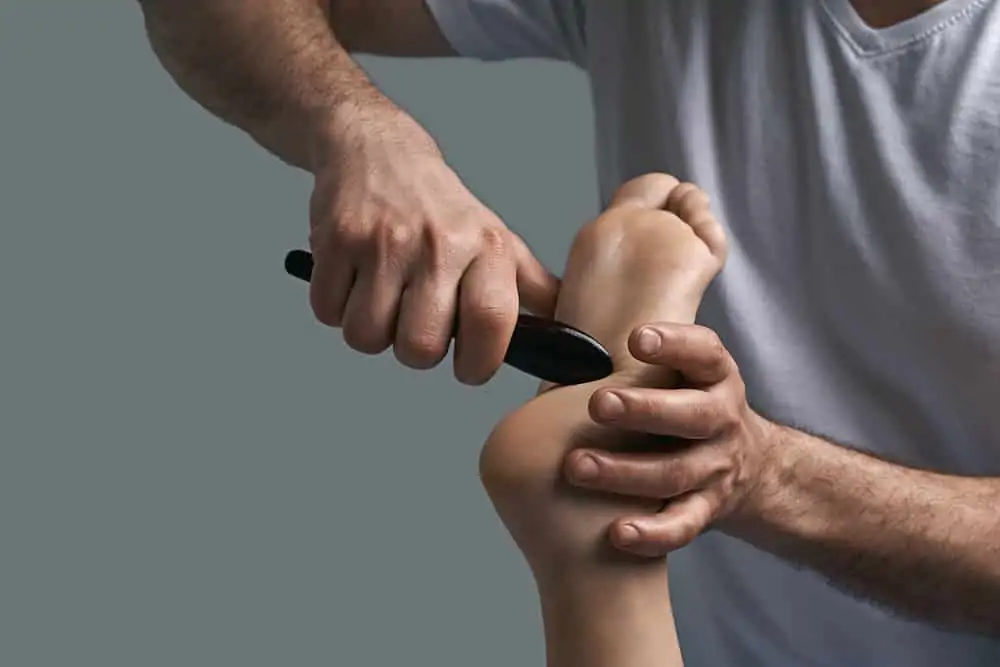
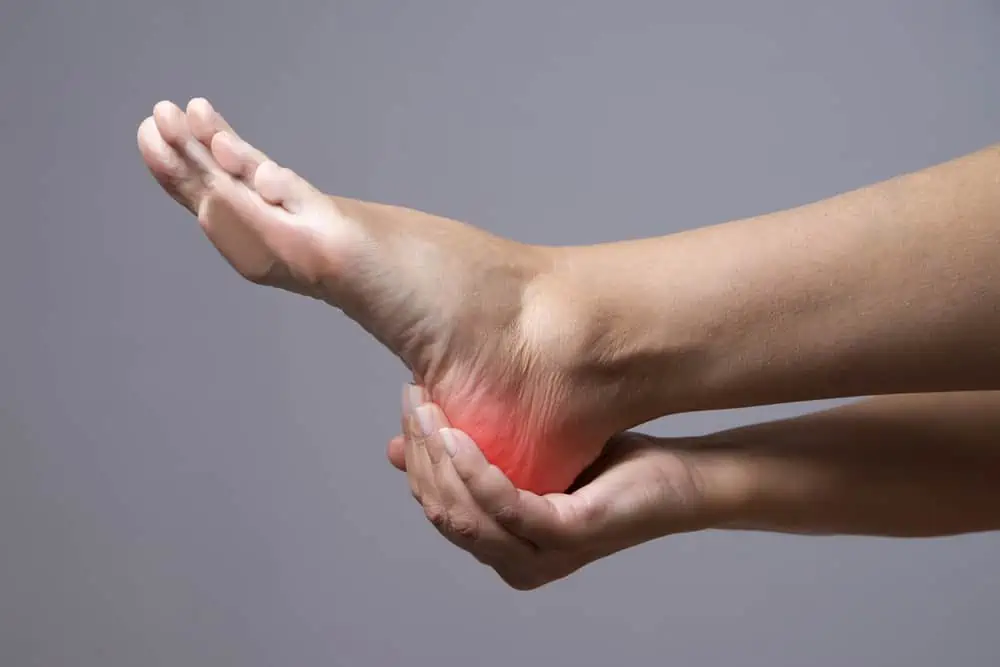
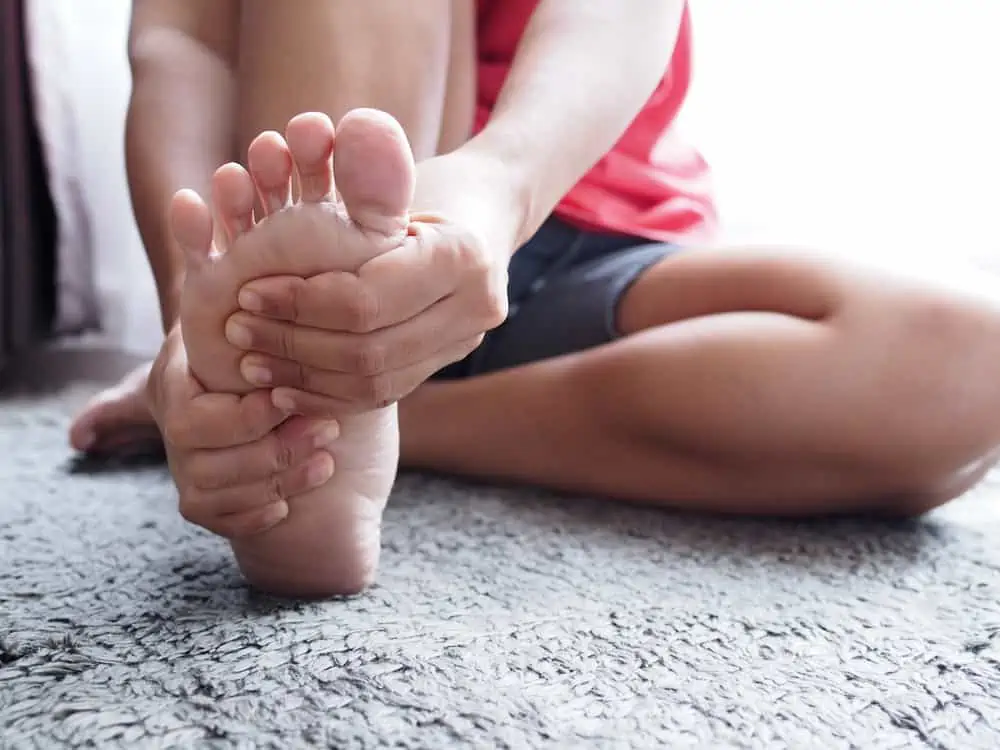
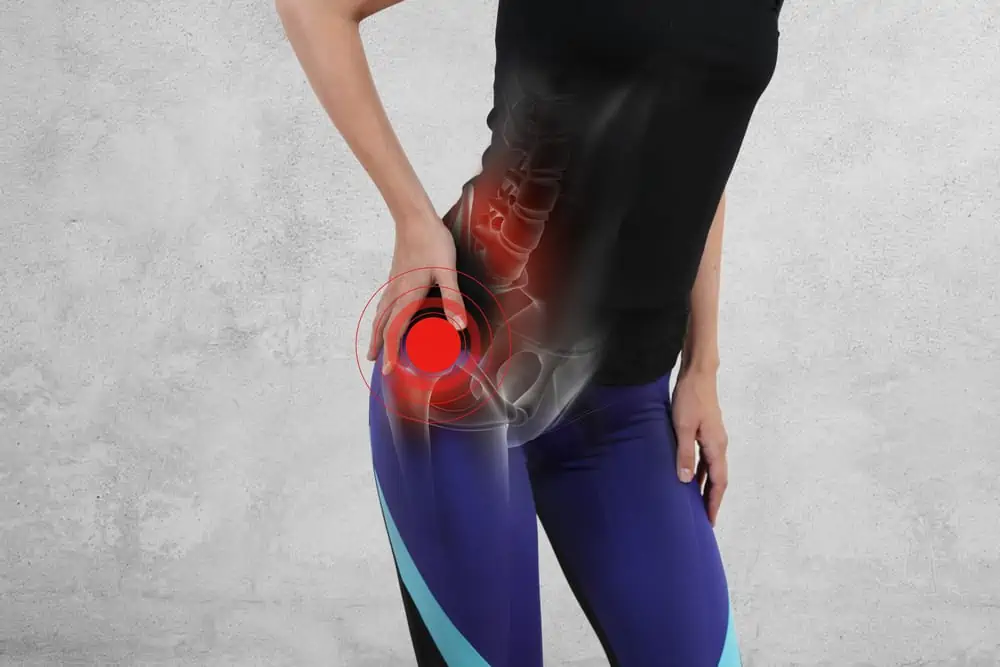
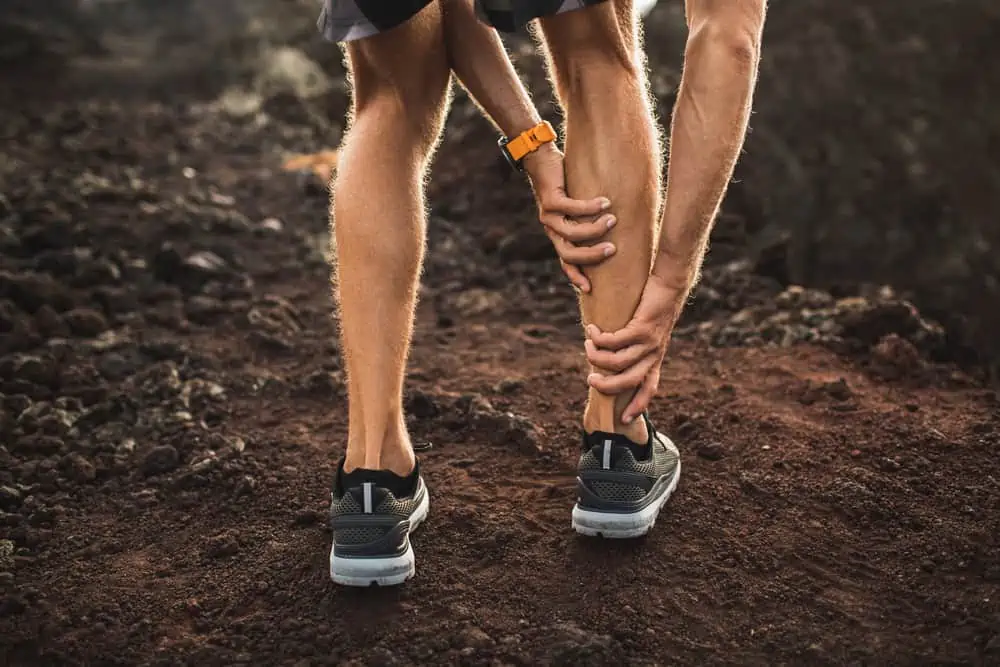
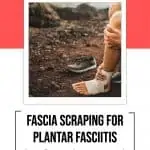

Okay when I first heard “scraping” I thought that sounded painful! It looks a lot less scary then it seems! I sometimes get foot pain and I will have to try this!
Yes, it sounds harsh but feels pretty good.
Interesting! I had TCM treatment before for my PF and the scraping part they did really hurt. I want to kick the lady doing it and at the same time feeling so relieve from the pain and can run again.
Glad you found some relief. It can be painful during the treatment but hopefully, you felt good after. Thanks for reading!